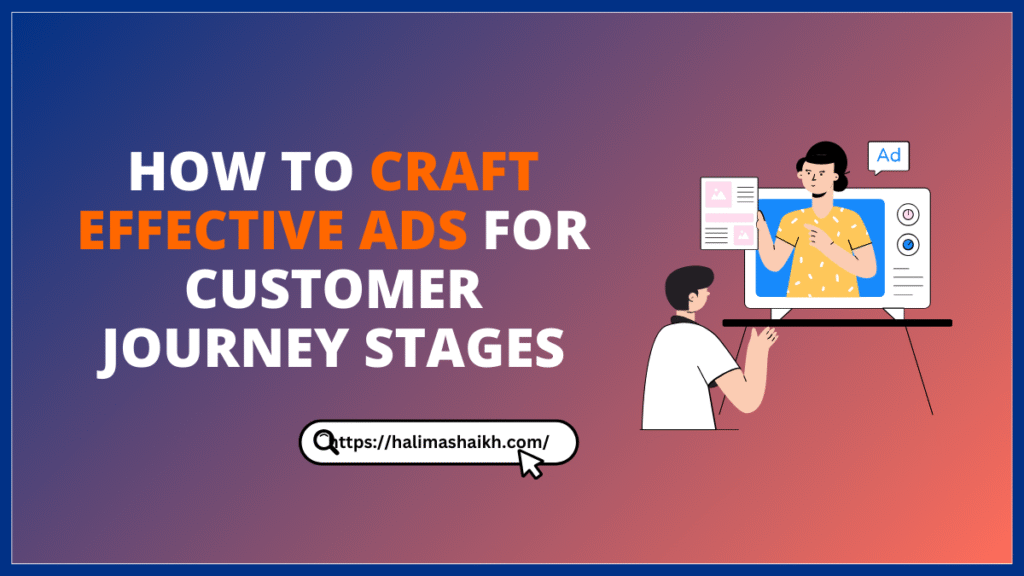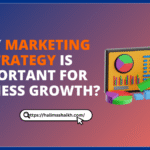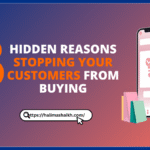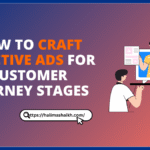Have you ever thought about why some ads catch your attention while others don’t? It’s because not all ads are made the same. Businesses design different ads based on how much customers know about their products, which is key to how to craft effective ads for customer journey stages. This concept, known as “customer awareness,” plays a crucial role in making ads more effective.
In this blog post, we’ll explore how understanding customer awareness can help you create ads that work better. We’ll guide you through each stage of customer awareness and show you how to craft ads that speak directly to people’s needs and interests.
By the end, you’ll know how to create ads that connect with your audience and encourage them to take action.
5 Types of Ads Every Marketer Should Know
1. Unaware Stage
In the Unaware stage, people don’t know they have a problem or need, so they’re not looking for a solution. This is where you need to catch their attention and make them aware.
The goal of your ads at this stage is to gently introduce the problem or need in a way that makes them think, “Hey, that sounds like something I should know about!”
For example, if you sell pills that help people sleep better, your ad might start with a question like, “Do you find it hard to fall asleep at night?” This helps people realize they have a problem they hadn’t thought about before. Once they understand the problem, they’ll be more interested in finding a solution.
2. Problem-Aware Stage
In the Problem-Aware stage, people know they have a problem, but they don’t know how to fix it yet. They might feel worried or unhappy because the problem is making things harder for them, and they want to find a solution.
Your job is to show them that you understand their problem and that your product can help.
For example, if you sell pills that help people sleep better, your ad might say, “Struggling to fall asleep and wake up feeling tired? You’re not alone. Many people have trouble getting a good night’s sleep, but there’s something you can do about it.”
This helps people see that they’re not the only ones with this problem, and it makes them start thinking about finding a solution.
3. Solution-Aware Stage
In the Solution-Aware stage, people know there are ways to solve their problem, but they aren’t sure which one to choose. They might be looking at different options and trying to figure out which one is best for them.
Your goal is to show them that your product is the right choice.
For example, if you sell pills that help people sleep better, your ad might say, “Our sleep pills are made with natural ingredients and help you fall asleep faster and wake up feeling refreshed. Our pills won’t make you feel sleepy or tired in the morning like some other options do.”
This helps people see why your product is a good solution and why they should pick it over others.
4. Product-Aware Stage
In the Product-Aware stage, people already know about your product, but they might not be sure if it’s the best choice for them. They are thinking about buying it, but they need a little more reassurance.
Your job is to show them why your product is special and why they can trust it.
For example, if you sell pills that help people sleep better, your ad might say, “Our sleep pills work quickly, are made with safe, natural ingredients, and won’t make you feel tired in the morning. Many happy customers have said they sleep better and wake up refreshed after using our pills.”
By sharing positive experiences from other customers, you help build trust and make people feel more confident about choosing your product.
5. Most Aware Stage
In the Most Aware stage, people already know about your product and are very close to buying it. They just need a little push to make the final decision.
Your goal is to encourage them to take action right away. This is the time to use strong offers and clear instructions.
For example, if you sell sleep pills, your ad might say, “Get 20% off when you buy today! Our sleep pills are trusted by thousands of happy customers to help you fall asleep faster and wake up feeling refreshed. Don’t miss out—order now!”
This helps people feel confident about buying your product and gives them a good reason to do it now, instead of later.
How to Craft Effective Ads for Customer Journey Stages
Before creating an ad, it’s important to first understand what your audience desires and needs. This understanding is crucial for creating effective ads at each stage of the customer journey.
Start by making ads that grab attention in the awareness stage, where people are just learning about your product. As they move to the consideration stage, offer more details that address their specific needs and questions.
Finally, in the decision stage, use clear and persuasive messages to encourage them to take action, like making a purchase. By aligning your ads with each stage of the journey, you can better connect with your audience and guide them towards buying your product.
Why Is Understanding Customer Awareness Important?
Understanding customer awareness is important because it helps you create ads that really connect with people. When you know what your customers are thinking and what they need, you can show them the right message at the right time.
For example, if someone doesn’t know they have a problem, you wouldn’t try to sell them a solution right away. Instead, you’d help them see the problem first. This makes them more likely to listen to you and eventually buy your product.
How to Identify Your Audience’s Awareness Stage
To know what stage your customers are in, pay attention to how they talk about their needs or problems. For example, if people are asking questions like, “Why can’t I fall asleep at night?” they might be in the Problem-Aware stage.
If they’re comparing different products, like “Which sleep pills work best?” they’re probably in the Solution-Aware stage. By listening to your customers, you can figure out which stage they’re in and create ads that speak directly to their needs.
Key Takeaways
Understanding how people think at different stages can help you create ads that really work. From not knowing they have a problem to being ready to buy, each stage needs a different approach.
By knowing where your customers are, you can show them the right message at the right time. Whether it’s helping them see a small problem, showing them a solution, or giving them a reason to buy, your ads can guide them every step of the way.
Remember, the more you understand your customers, the better you can help them find what they need. So, start thinking about how you can use these ideas to make your ads more effective and help your business grow.




